
|
| Accept Cookies | Customize | Refuse Cookies |

| Specifications | Reviews | Compare | Buy | Sample Photos |
|  Publish your advertisement on JuzaPhoto (info) | ||||||||||||||||||||||||||||||||||||||||||||||
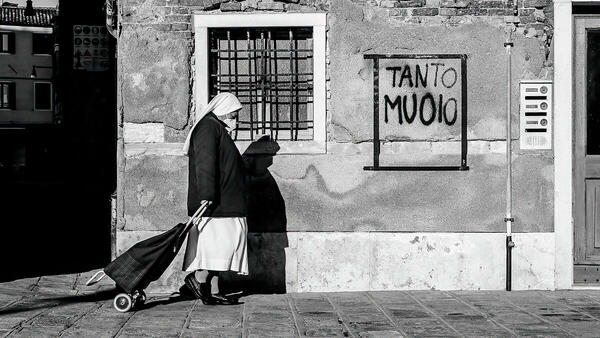 Venice by Giorgio Peruzzi33 comments, 2811 views HI RES 5.1 MP 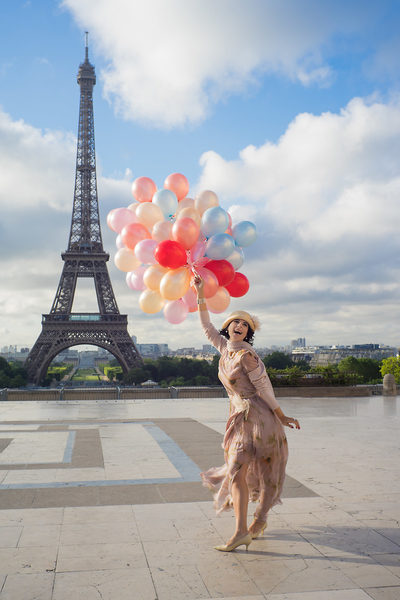 What horizons for my Palloneria (Nadar) by Massimiliano Fishbone39 comments, 2414 views HI RES 26.0 MP 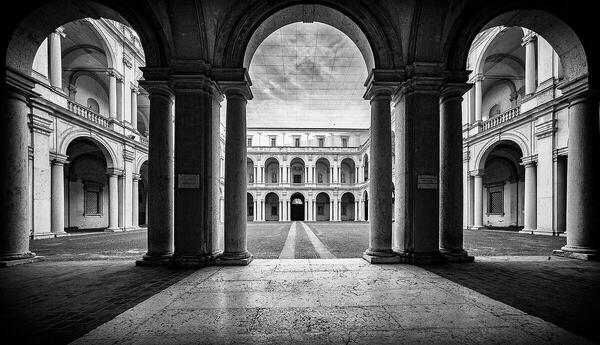 Courtyard of Honor by Wonderpig58121 comments, 3384 views HI RES 4.8 MP 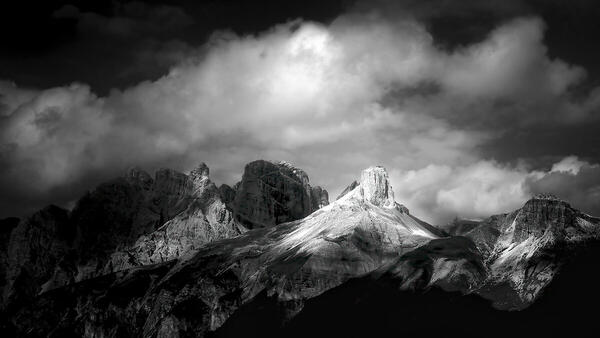 Dolomites by Giorgio Peruzzi13 comments, 1667 views 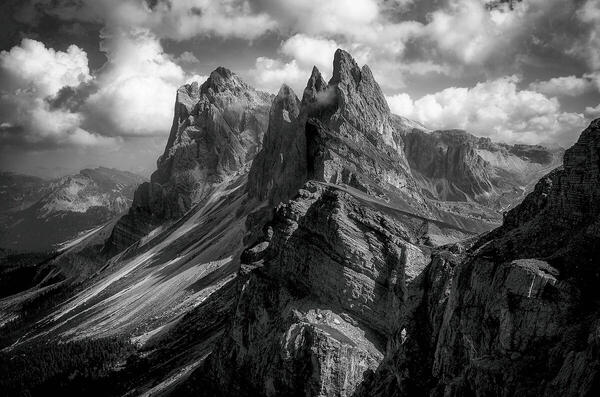 Odle by Giorgio Peruzzi7 comments, 2030 views HI RES 6.0 MP 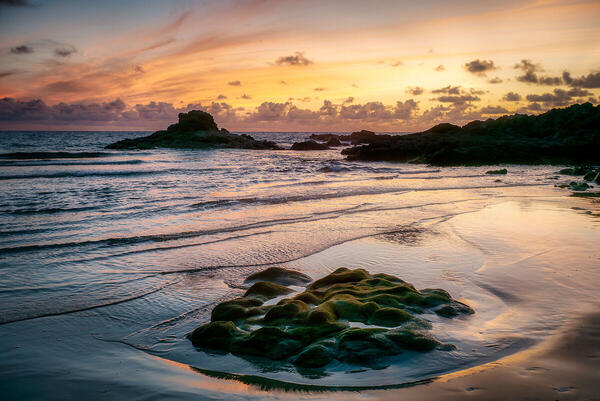 Sn by Gobbo20 comments, 866 views HI RES 8.0 MP  The charm of the bread by Odysseus4 comments, 2248 views 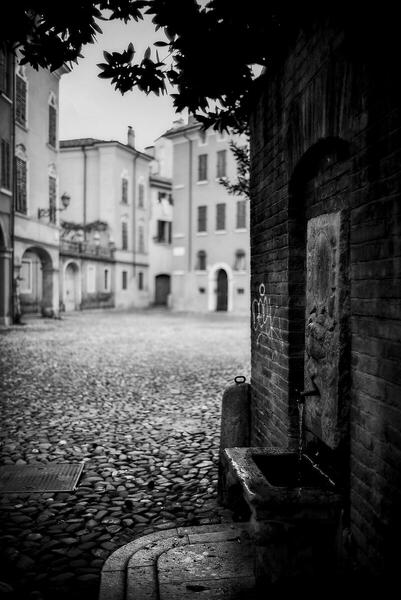 Pompous Square 2 by Wonderpig5881 comments, 1869 views HI RES 23.9 MP 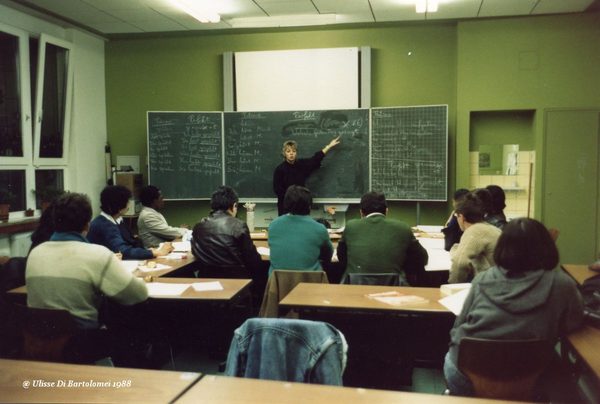 FrÃ�ulein Marion bruised by Odysseus5 comments, 1754 views 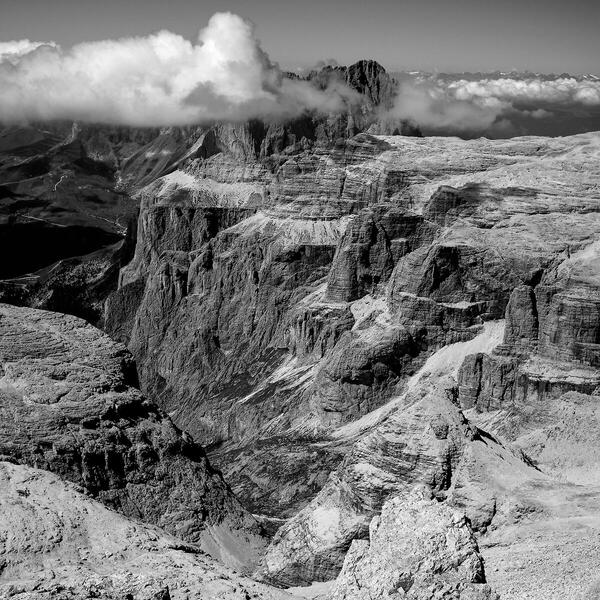 Going up to Piz Boè by Giorgio Peruzzi2 comments, 940 views HI RES 9.0 MP  Test 5 by Ivan612 comments, 558 views HI RES 34.2 MP 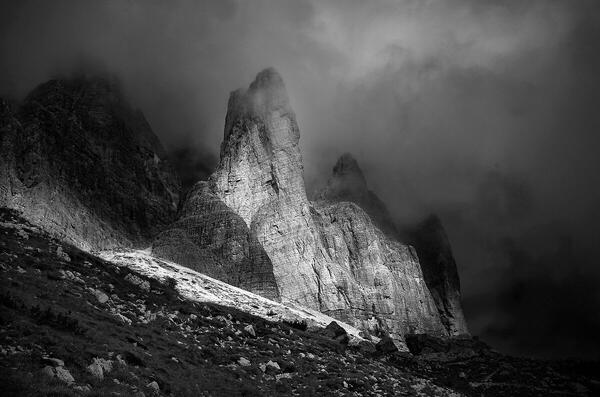 To the peaks of Lavaredo by Giorgio Peruzzi2 comments, 837 views HI RES 6.0 MP 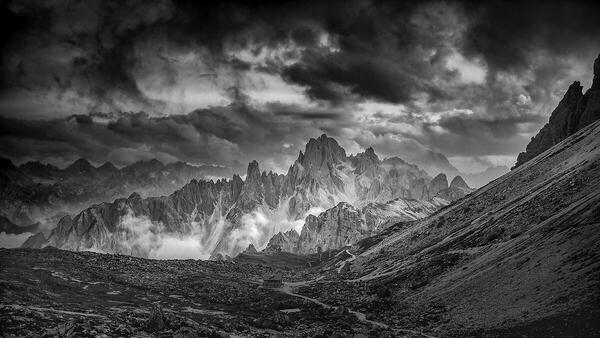 The Lavaredo fork Cadini by Giorgio Peruzzi2 comments, 934 views HI RES 5.1 MP 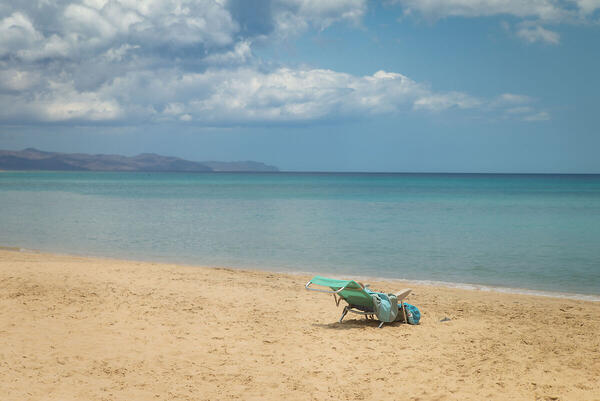 THE ESSENTIALS by Gobbo8 comments, 587 views HI RES 8.0 MP 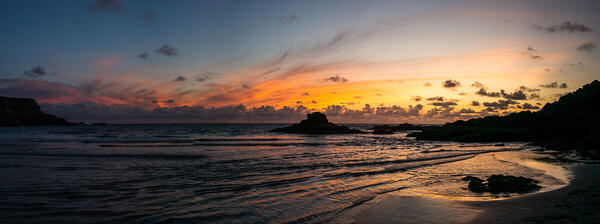 Cove by Gobbo3 comments, 441 views 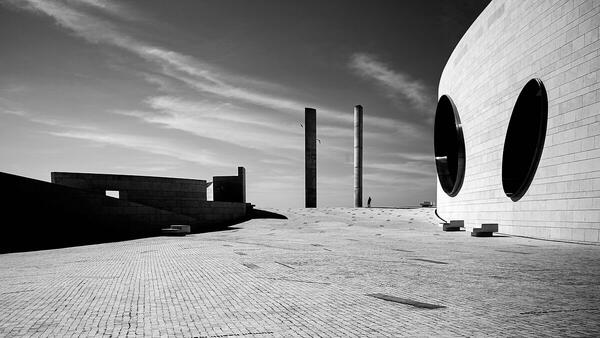 LISBON by Giorgio Peruzzi1 comments, 504 views HI RES 5.1 MP 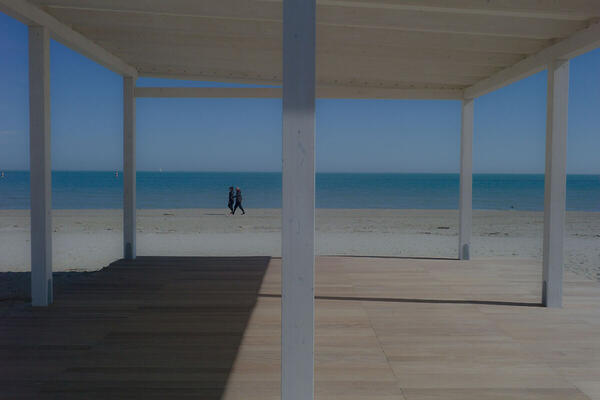 Pesaro Adriatic Sea by Mario Ciaruffoli3 comments, 357 views HI RES 18.1 MP 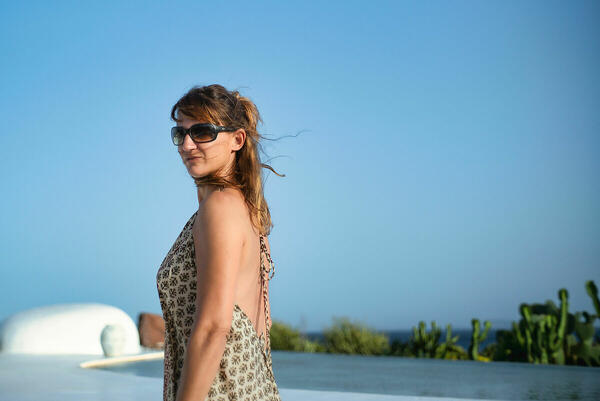 Manrique-style sunset by Gobbo7 comments, 776 views HI RES 14.1 MP 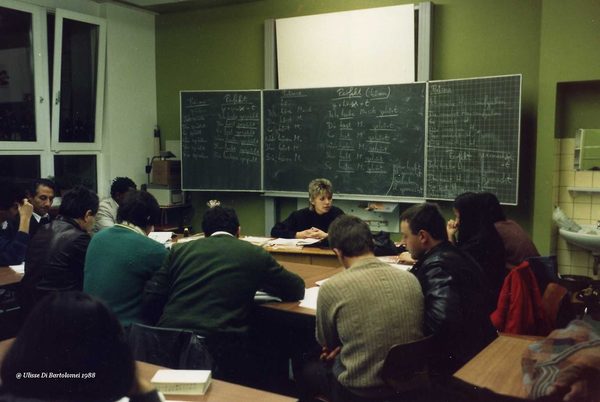 Fröulein Marion's Bleed II by Odysseus0 comments, 1170 views 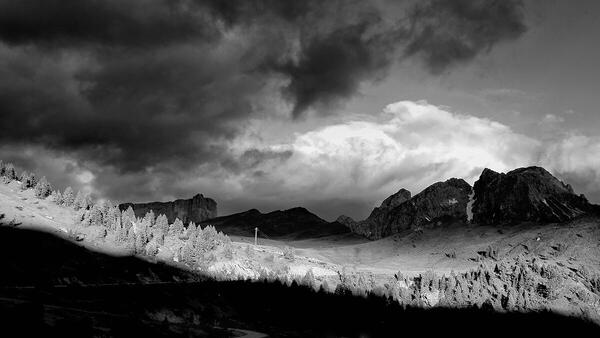 Towards Passo Giau by Giorgio Peruzzi0 comments, 537 views HI RES 3.9 MP  Murals by Ivan615 comments, 243 views HI RES 20.9 MP  Crossing by Aldo6722 comments, 274 views HI RES 29.0 MP 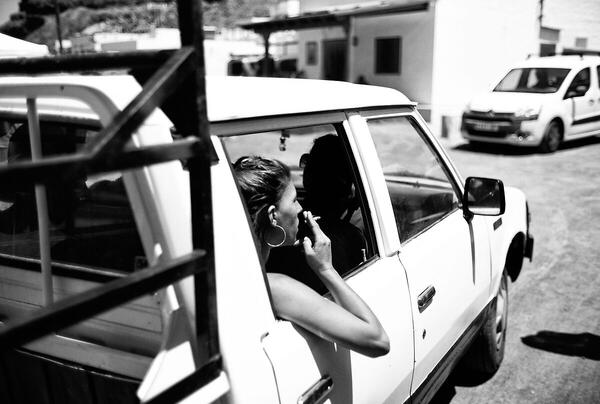 Pick up by Gobbo0 comments, 338 views HI RES 8.0 MP  Alta val Badia by Giorgio Peruzzi2 comments, 651 views HI RES 7.2 MP 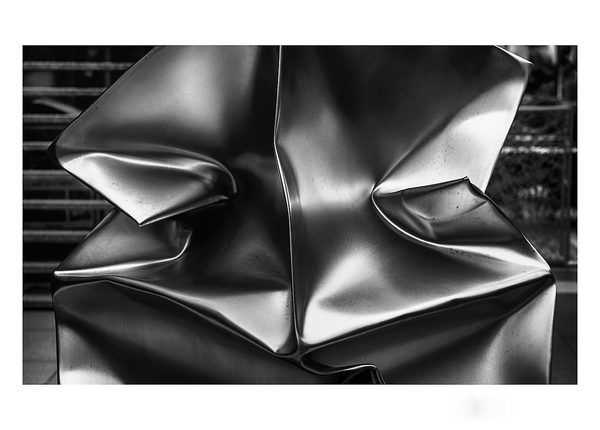 The cube by Diabolik182 comments, 810 views HI RES 8.5 MP  Pesaro 2018: Urban Landscape by Mario Ciaruffoli0 comments, 596 views HI RES 18.1 MP  Avoid the release by Aldo6720 comments, 395 views HI RES 15.7 MP 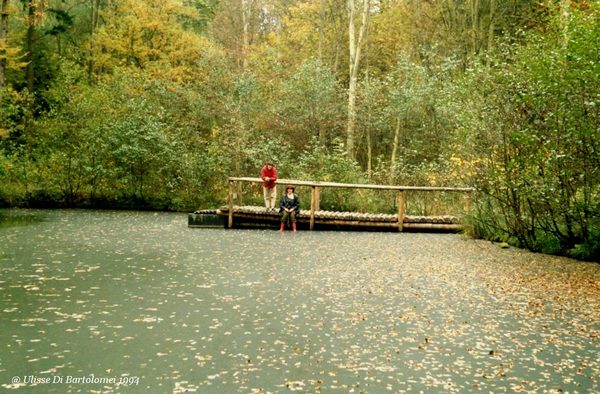 Here it is green by Odysseus0 comments, 1029 views  Medina by Gobbo6 comments, 164 views HI RES 12.0 MP 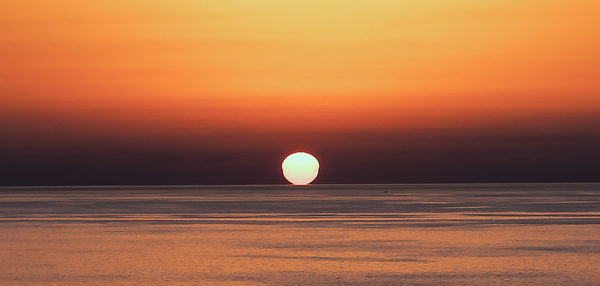 MEDITERRANEAN SEE by Diabolik181 comments, 835 views  The Storm by Diabolik183 comments, 772 views HI RES 9.4 MP 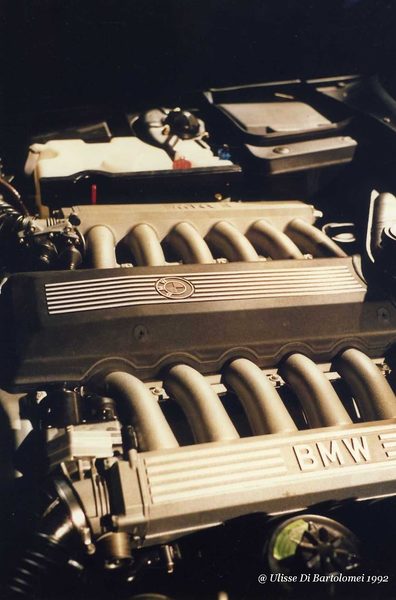 Twelve is nicer by Odysseus0 comments, 888 views  Murals by Ivan610 comments, 141 views HI RES 23.8 MP  Murals by Ivan612 comments, 216 views HI RES 16.8 MP  Warehouses by Ivan612 comments, 167 views HI RES 16.1 MP  Murals by Ivan612 comments, 204 views HI RES 23.8 MP  Murals on the road by Ivan612 comments, 182 views HI RES 23.8 MP |
 JuzaPhoto contains affiliate links from Amazon and Ebay and JuzaPhoto earn a commission in case of purchase through affiliate links.
JuzaPhoto contains affiliate links from Amazon and Ebay and JuzaPhoto earn a commission in case of purchase through affiliate links.May Beauty Be Everywhere Around Me